11 Red Flags You Can Spot In A House Before You Even Sit Down
They're not just signs of cleanliness, but a person's habits and routine.
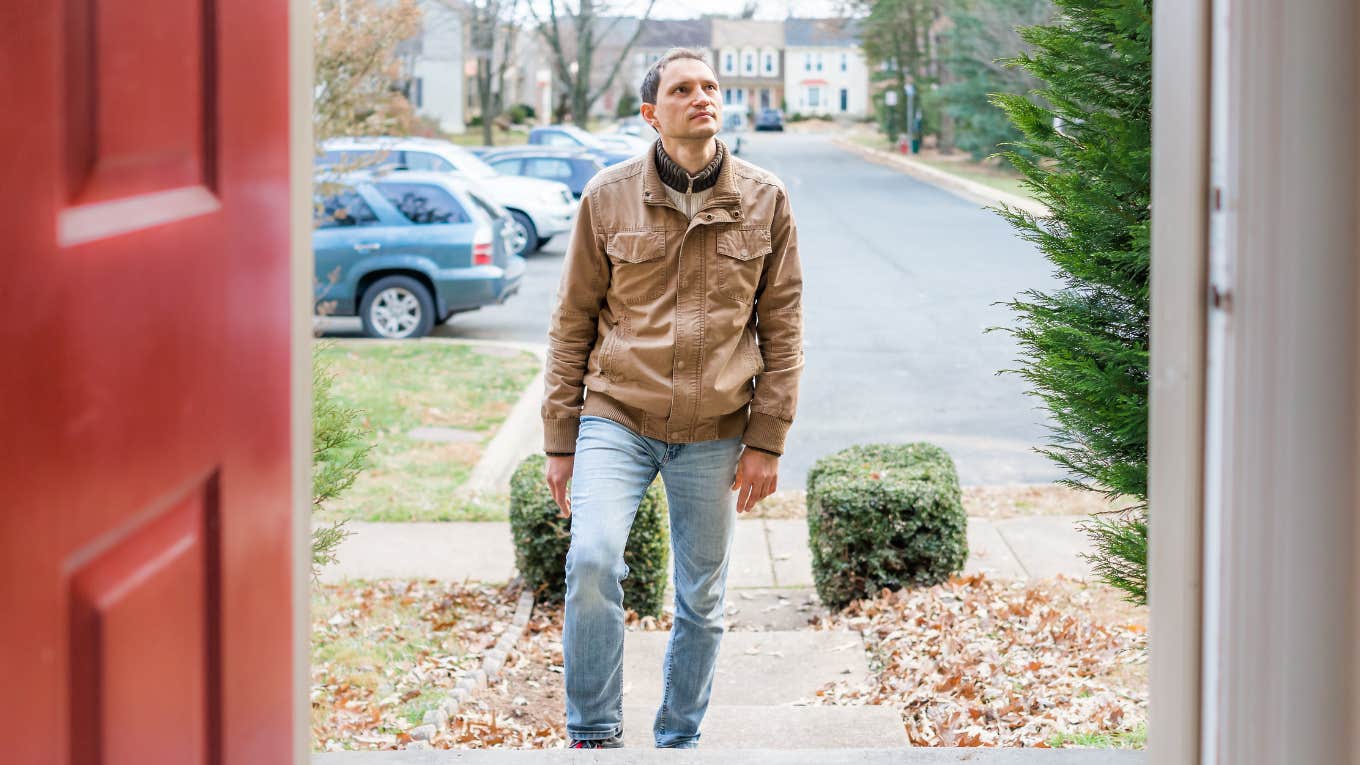 Kristi Blokhin | Shutterstock
Kristi Blokhin | Shutterstock While there are a lot of things — from home decor to tidiness — that shape a home’s energy, especially for guests entering for the first time, many people judge based on more than just decorations and stylishness. Many of the red flags you can spot in a house before you even sit down have nothing to do with differences in style or preferences, but rather signs of neglect, lacking identity, and cleanliness.
Our homes are not only a reflection of our identities and self-expression, they give guests an insight into our routines, priorities, and habits. When dirty dishes or an unpleasant odor are the first things that introduce a person to our living space, it's hard to not view them as a red flag for other behaviors and beliefs.
Here are 11 red flags you can spot in a house before you even sit down
1. Dead plants
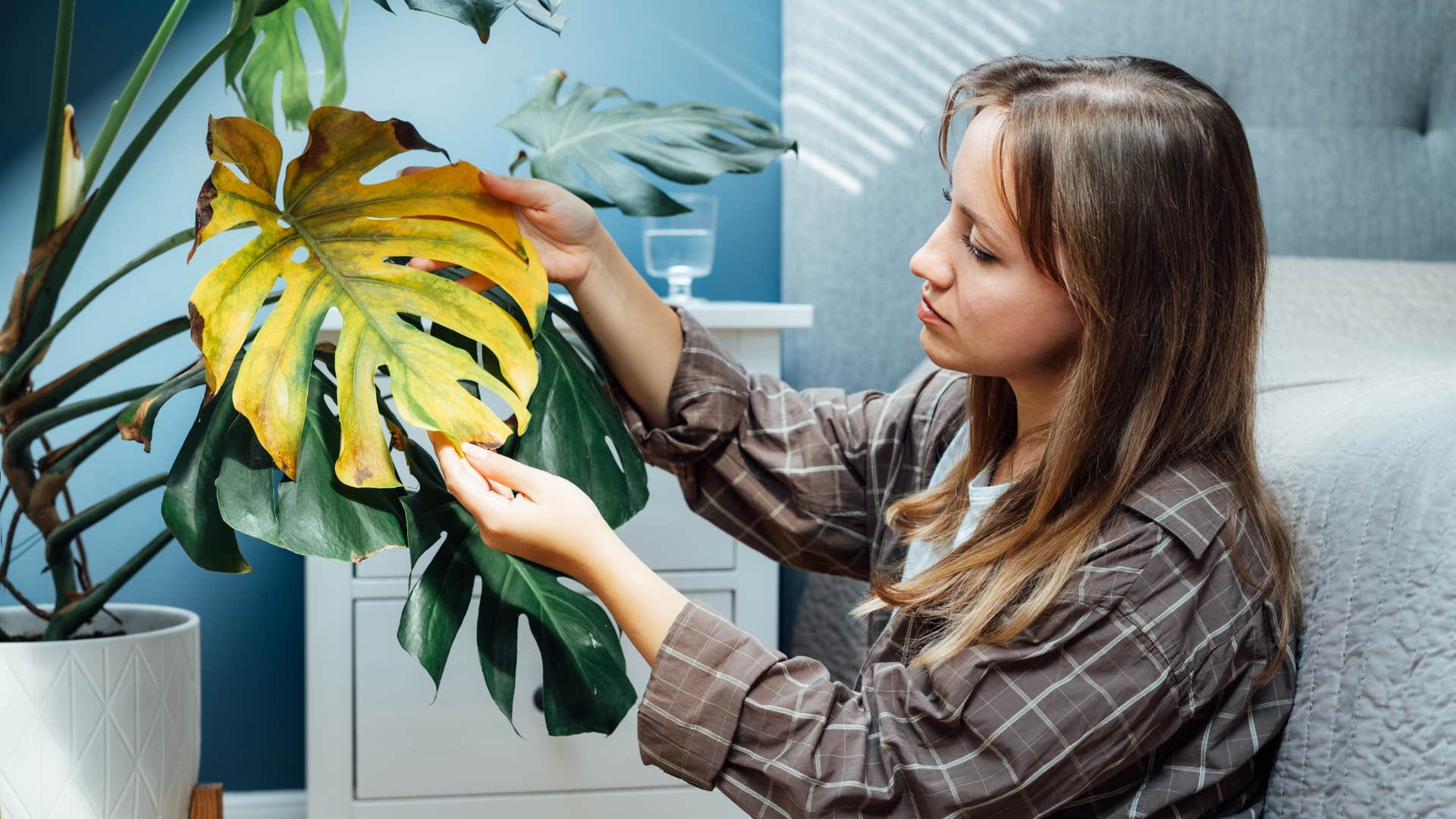 Okrasiuk | Shutterstock
Okrasiuk | Shutterstock
According to a 2022 study, things like burnout or a poor work-life balance can quickly sabotage the healthy habits of someone at home, like cleaning their living space regularly, having the energy to do chores, or caring for their plants.
While there are a number of positive influences people experience from having greenery, plants, and flowers inside — from boosting mood and improving mental health to improving air quality — they have to actually nurture and care for them to reap the benefits. When you walk in someone's home and the first thing you see is a dying plant, it could be a signal of a stressed out person, but it's also a reminder of their lack of nurturing and occasional neglect.
2. An unpleasant smell
 Andrey_Popov | Shutterstock
Andrey_Popov | Shutterstock
According to a study from Today's Homeowner, nearly 30% of people suggest that an unpleasant smell is one of the first things they notice when they enter someone's home or living space. Not only does it urge them to make assumptions about the people living there, it can affect their belief on the cleanliness and cleaning habits of them as well.
That's why cleaning rituals and routines are so important, because no matter how many candles you light or plug-in air fresheners you have, there's no escaping a bad smell that's rooted in larger, more complex issues.
3. Bugs
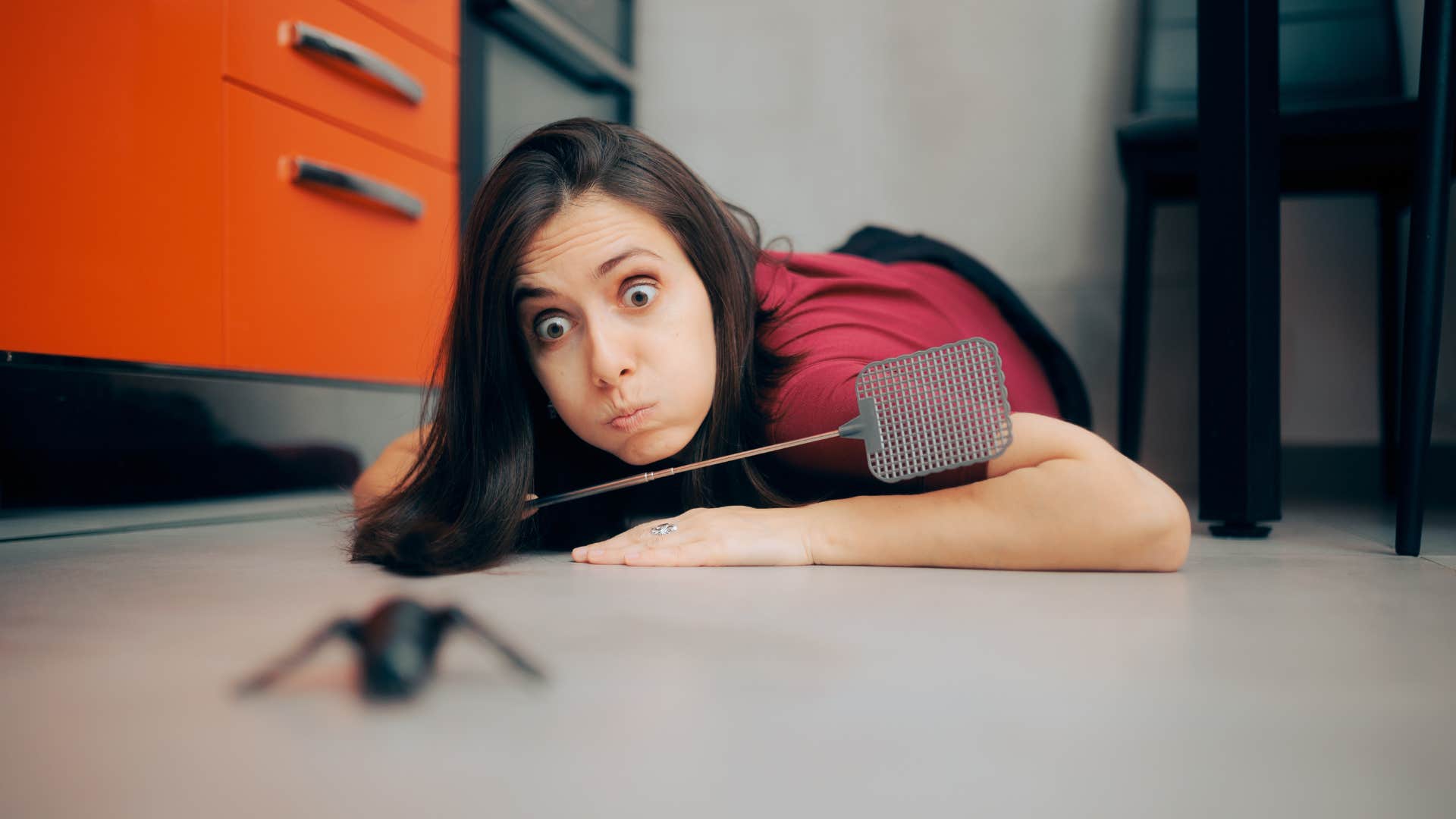 Nicoleta Ionescu | Shutterstock
Nicoleta Ionescu | Shutterstock
According to a study from Scientific Reports, hundreds of bugs live with us in our homes — especially in high-traffic, carpeted, ground-level spaces with lots of windows and entrances. So, to some capacity, bugs are normal in a home.
However, when there's too many of a specific kind — like fruit flies or house centipedes — it could be a red flag you spot in a house before you even sit down. From leaving out expired food, to leaving the trash inside for too long, and even keeping damp clothing on the floors, certain messy habits can cultivate more bugs — oftentimes, the ones that we notice in uncomfortable ways — in living spaces.
4. Overly bright lighting
 YAKOBCHUK VIACHESLAV | Shutterstock
YAKOBCHUK VIACHESLAV | Shutterstock
Having harsh overheard lighting, bright light bulbs, and LEDs over warmer options at home can often heighten cortisol levels that provoke stress and anxiety. For people living in these homes, it can play a small part in exacerbating symptoms of depression and emotional turmoil, but it can also be uncomfortable for guests and visitors.
It can be one of the red flags you can spot in a house before you even sit down, making you feel subconsciously uneasy and uncomfortable, whether you live there or not.
5. Dirty dishes or piles of laundry
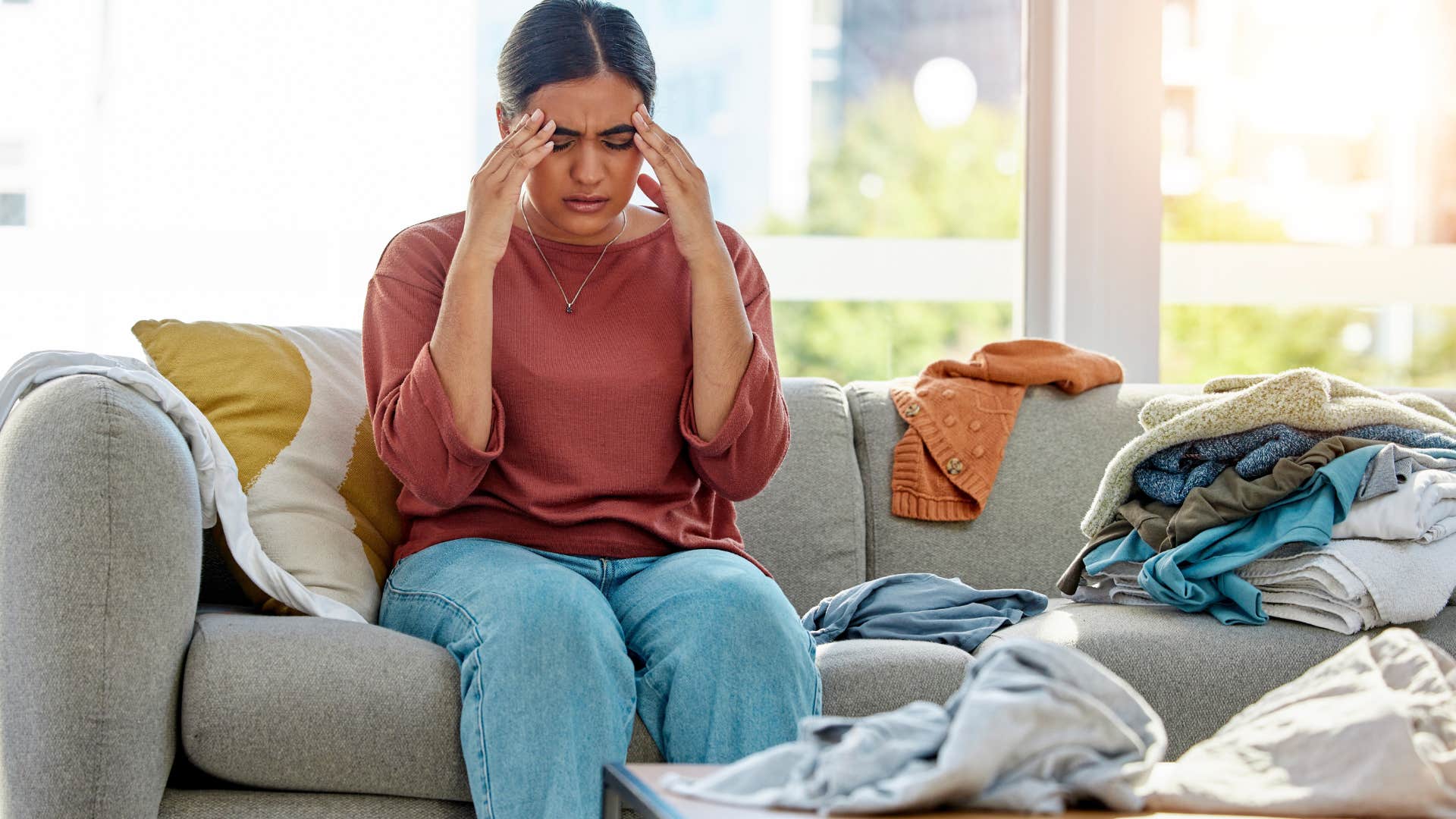 PeopleImages.com - Yuri A | Shutterstock
PeopleImages.com - Yuri A | Shutterstock
While there are certainly many reasons why someone may not have the time or energy to complete their chores — like finishing laundry or cleaning their dishes — it can also be one of the red flags you can spot in a house before you even sit down.
These things not only cause an element of visual clutter that sparks stress and anxiety, they can also urge people to make instant observations and perceptions as guests that aren't helpful for social connection and bonding.
6. A noisy neighborhood
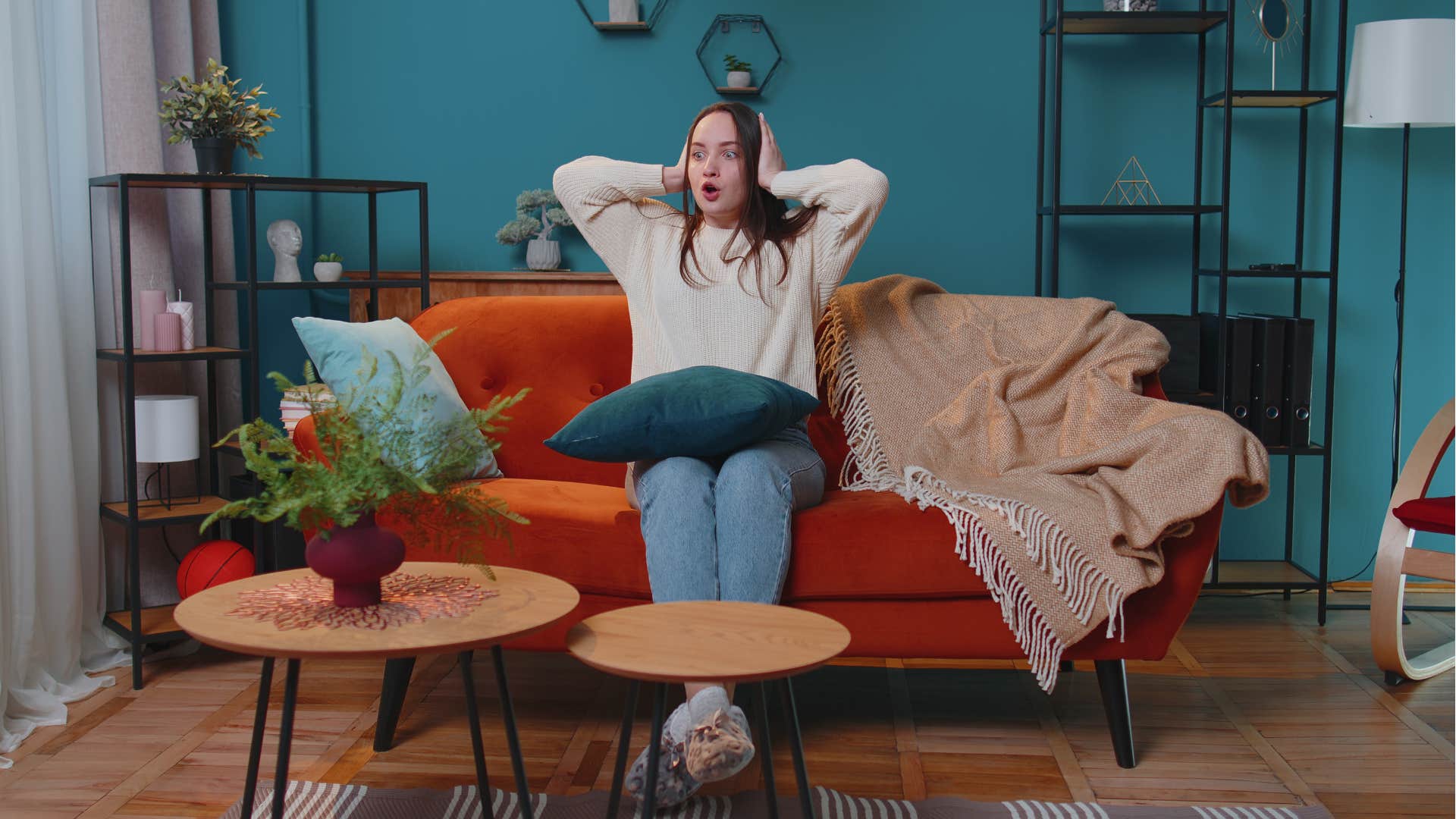 Andrii Iemelianenko | Shutterstock
Andrii Iemelianenko | Shutterstock
According to a study from Croatian Medical Journal, living in a noisy environment can genuinely affect sleep quality and duration, making it harder for people to fall and stay asleep in their own homes.
So, whether it's a noisy apartment in the city or a shared house that never offers a moment of silence, noise is one of the red flags you can spot in a house before you even sit down. Whether you're a guest — making assumptions about a person's routine or habits — or looking at a house to rent or buy, not having peace and quiet in your own space can be a detriment to well-being.
7. A tense roommate situation
 Estrada Anton | Shutterstock
Estrada Anton | Shutterstock
According to a 2021 study, sharing a home with other people, especially as a young adult, can have its perks, but when there's tension or disorder in their shared space, it can be profoundly uncomfortable.
In fact, tension between roommates is one of the red flags you can spot in a house before you even sit down. Everyone's being short, passive-aggressive, and likely harboring negative body language — all expressions of the anxiety, stress, inner turmoil, and resentment they deal with every single day.
8. Untrained pets
 In Green | Shutterstock
In Green | Shutterstock
According to a study from Scientific Reports, pet owners that lack control over their animals tend to have worsened mental health outcomes and general well-being than others. It adds extra stress and anxiety to their routines, especially when guests come over and they're trying to navigate social connection while also managing a pet.
It's one of the red flags you can spot before you even sit down, because these animals are impossible to ignore. Whether they're jumping on you, making noise, or causing a ruckus, you can sense and feel the negative energy the owner experiences the second you walk in the door.
9. An uncomfortable temperature
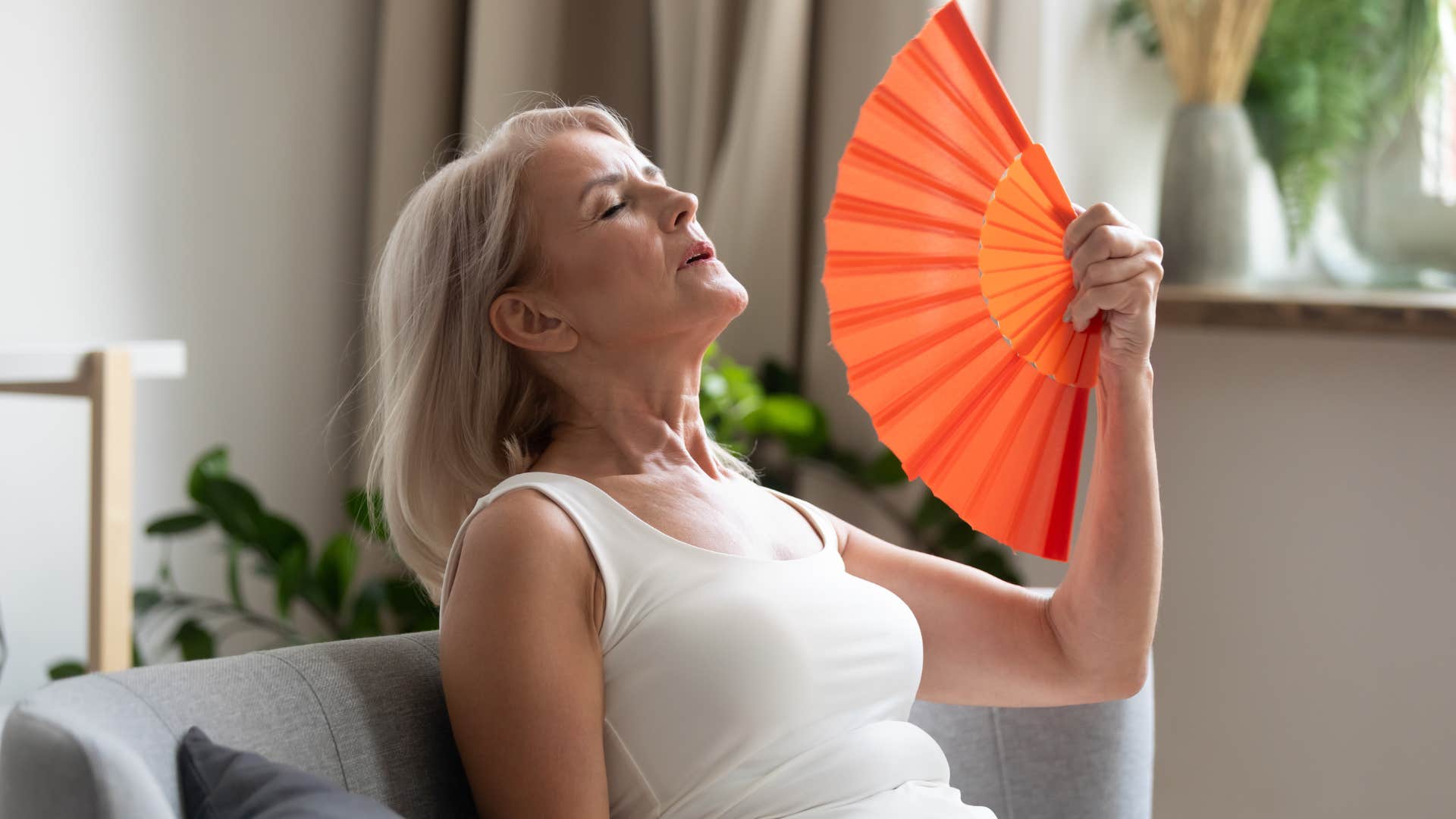 fizkes | Shutterstock
fizkes | Shutterstock
While it may seem like a matter of sheer comfort or convenience, the temperature of a person's home can have significant impacts on cognitive well-being, mental health, and connection. According to a study from the Journals of Gerontology, higher uncomfortable temperatures in a person's home can affect cognitive function, especially in older individuals.
Even on a surface-level, if someone comes over and they're immediately uncomfortable — shivering or sweating, unable to focus on what's going on around them — that's a detriment to personal connection and conversation.
10. Everyone's on their phone
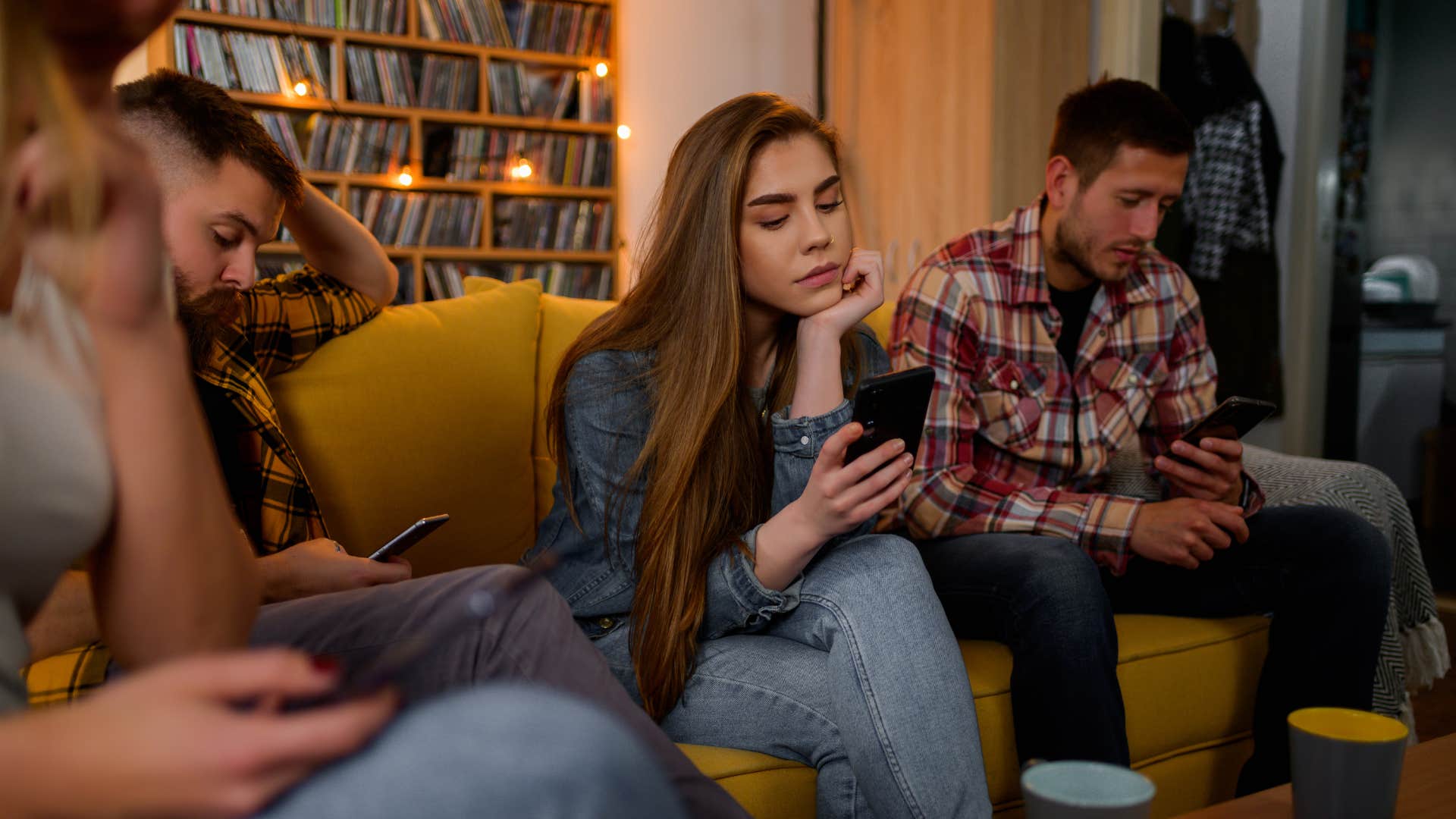 Zamrznuti tonovi | Shutterstock
Zamrznuti tonovi | Shutterstock
Not being addressed or acknowledged in someone else's home can be uncomfortable, even if they're distracted by seemingly subtle things like a cell phone or mindless entertainment on the TV. When you're visiting someone, you typically go there for a reason, so it's a red flag when everyone's on their phone and you're too uncomfortable to genuinely connect.
Even if nobody is on their phones, but they're in hands and lingering on shared spaces, they can still disrupt the natural flow of connection and conversation, according to a 2023 study.
11. Trendy non-personal home decor
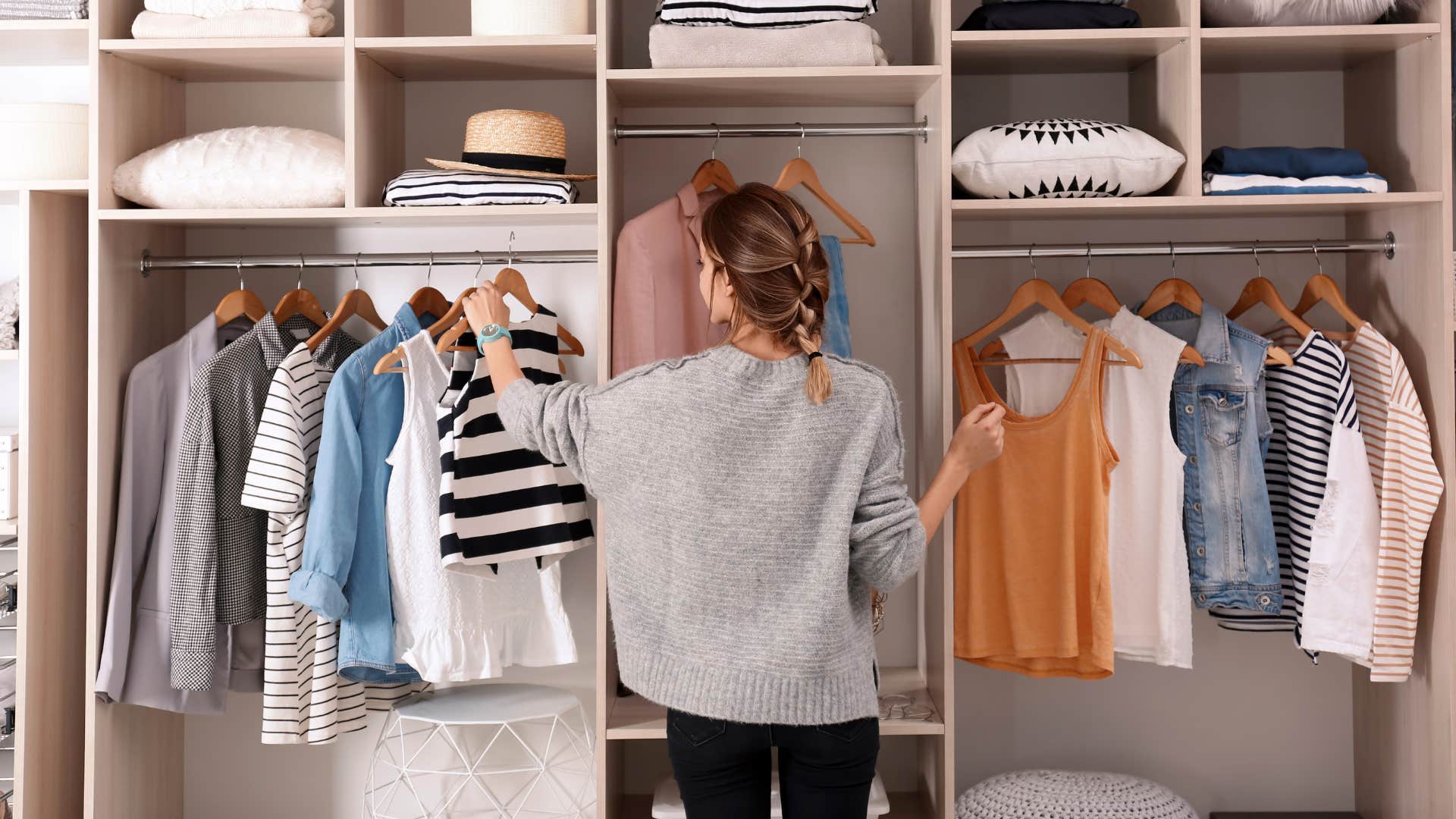 New Africa | Shutterstock
New Africa | Shutterstock
Many people feed into consumerist cycles and trends to feel a sense of belonging. They don't have a good idea of their own self-expression, interests, or passions, so instead they look to trends to feel important and secure, even if it's picking out decorations or furniture for their home.
When you walk into someone's home and don't immediately sense their energy or personality, it could be a red flag you notice before you even sit down. Of course, not everyone has the freedom or security to experiment with their identity and self-expression at home, but it could also be a sign that they're more interested and fulfilled by external validation than internal comfort.
Zayda Slabbekoorn is a staff writer with a bachelor's degree in social relations & policy and gender studies who focuses on psychology, relationships, self-help, and human interest stories.

